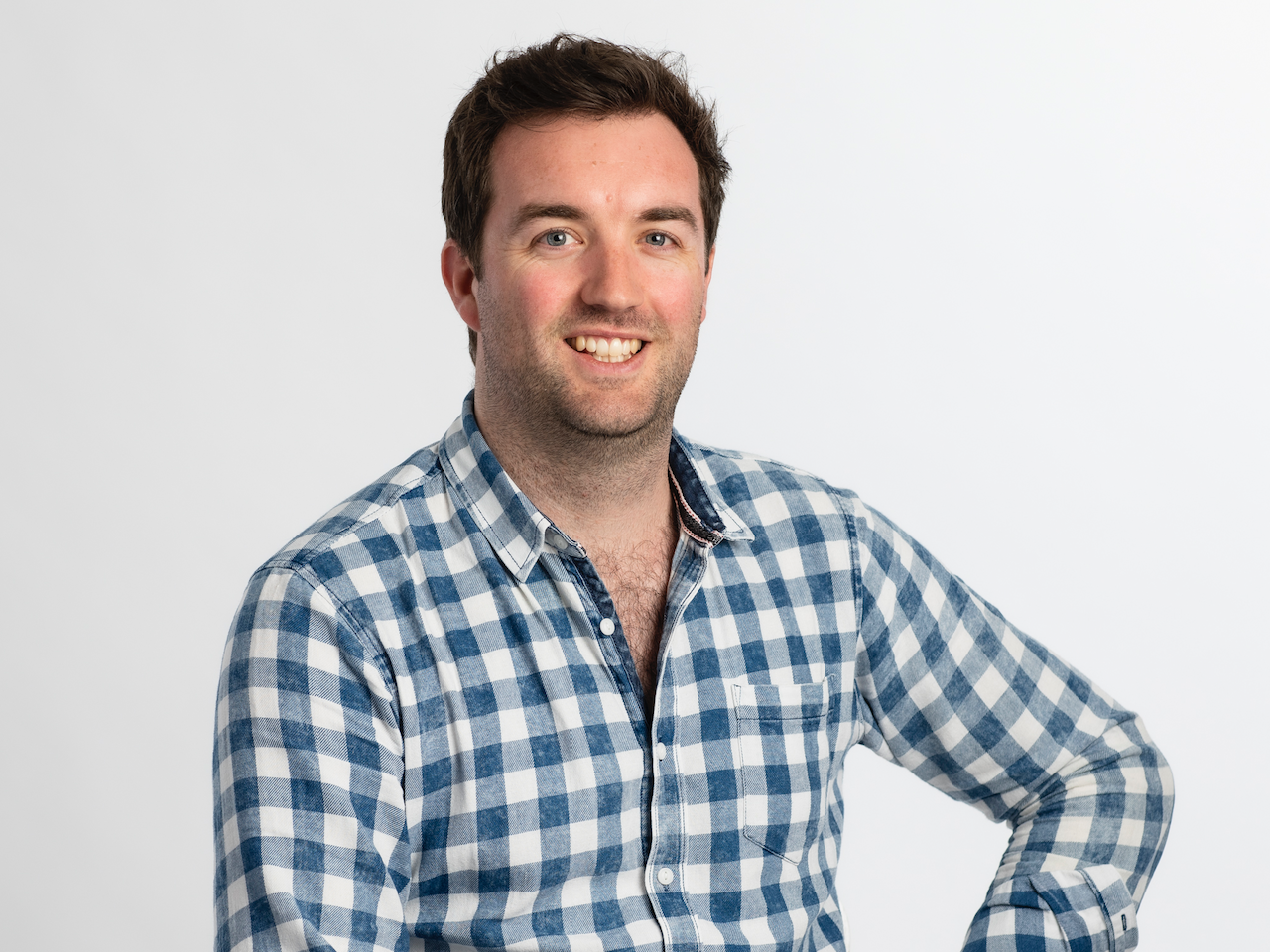Posted 31 May 2023

A clinical trial is currently being developed to support an Australian-led research study examining the use of artificial intelligence in breast cancer screening to improve the accuracy, efficiency and overall patient experience.
The BRAIx Project prospective clinical trial is planned to start early next year, pending full ethics review and approval. It will investigate how an artificial intelligence (AI) reader can be used to read mammograms in conjunction with radiologists.
“During the trial we will be gathering real-world evidence to assess the effectiveness of using an AI reader in the breast screening program,” said Dr Helen Frazer, the Project Lead and Clinical Director of St Vincent’s BreastScreen.
“Each woman who chooses to participate in the trial will continue to receive the current high standard of care offered by the breast screening program. But, with the algorithm model running in the background we will also be able to see how the AI reader performs in screening and assess the potential value it could add to support our human readers and improve the program.”
Head of SVI’s Bioinformatics laboratory, Dr Davis McCarthy who led development of the AI algorithm says that while still in its infancy, this type of technology shows enormous potential.
“Machine learning has in recent years been gaining prominence across a number of domains, and this technology also has strong potential for application in bioinformatics and healthcare. A sub-field of artificial intelligence, machine learning involves ‘teaching’ a computer program to learn from its experience of data, resulting in better recognition of patterns over time.
“Working with Adjunct Associate Professor Helen Frazer, from St Vincent’s Hospital Melbourne BreastScreen Victoria clinic, alongside experts from the Universities of Melbourne and Adelaide, we’re using machine learning to improve the analysis of mammograms,” Davis explains.
“In testing to date, we’re seeing how digital ‘intelligence’ can augment our human expertise in identifying breast cancers. Ultimately, our goal is to help women get more accurate results more quickly.”
Working together to fight breast cancer
The current breast screening service available to Australian women is a highly effective public health program reducing deaths from breast cancer. However, some women still experience interval cancers that were not able to be detected at the time of screening. Also, many women are recalled for assessment and subsequently determined to not have cancer.
In the current program every mammogram is read independently by two radiologists, and a third radiologist if views differ. This study proposes using an AI reader as one of two readers conducting the initial mammogram reading.
It is hoped the new AI-based models may help better detect cancer, lower unnecessary recalls to assessment, and improve timeliness, efficiency and participation in Australia’s population breast screening program.
“We also see the potential for the AI reading model to support a risk-based personalised screening pathway in the future. Currently it’s predominantly a one-size-fits-all program. Using the AI reader could enable us to predict the risk of a woman developing breast cancer. This is something we will be exploring as we progress with the research,” said Dr Frazer.
In addition, service delivery may also be improved through the introduction of AI.
“We will evaluate whether using AI has the potential to speed up the process and in doing so, reduce the two-week turnaround time women currently have for a screening result,” said Dr Frazer.
Study highlights
Earlier this year, the BRAIx Project was awarded close to $3 million from the Federal Government’s Medical Research Future Fund to conduct the clinical trial that will run for 18 months to two years. It is anticipated that about 350,000 Australian women will take part.
The trial will be conducted across BreastScreen services in Victoria, including St Vincent’s BreastScreen (Victoria’s largest breast screening service, where more than 60,000 women are screened each year), and South Australia.
The BRAIx clinical trial has been developed in partnership with St Vincent’s Hospital Melbourne, St Vincent’s Institute of Medical Research, the University of Melbourne, the University of Adelaide, Monash University, BreastScreen Victoria and BreastScreen South Australia.
Joining the team as part of the project’s latest stage are bioethicists and philosophers, who will be closely examining the human and AI interface. A health economist will also form part of the clinical trial team to look at the economics of what is being proposed and its viability in the real world.